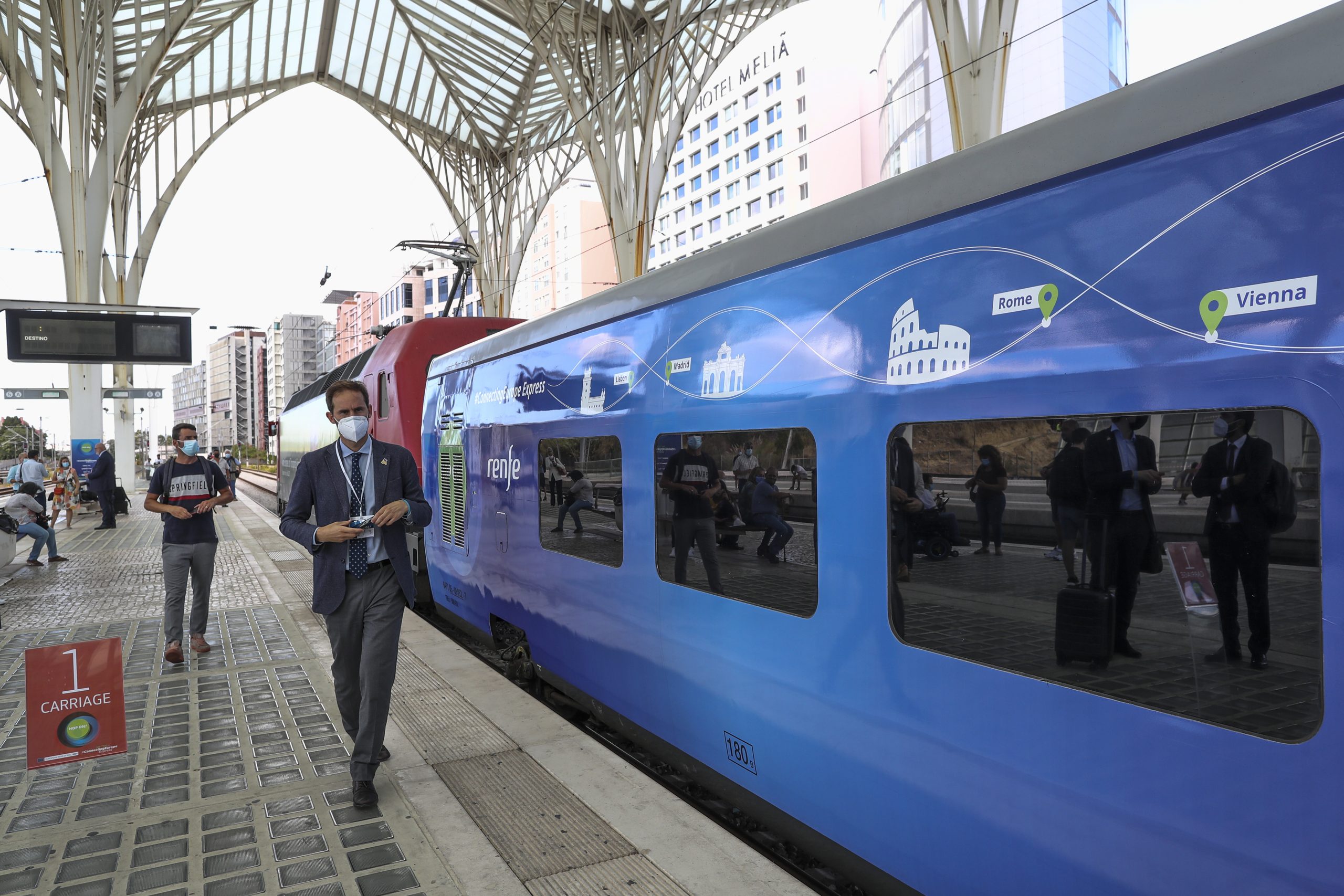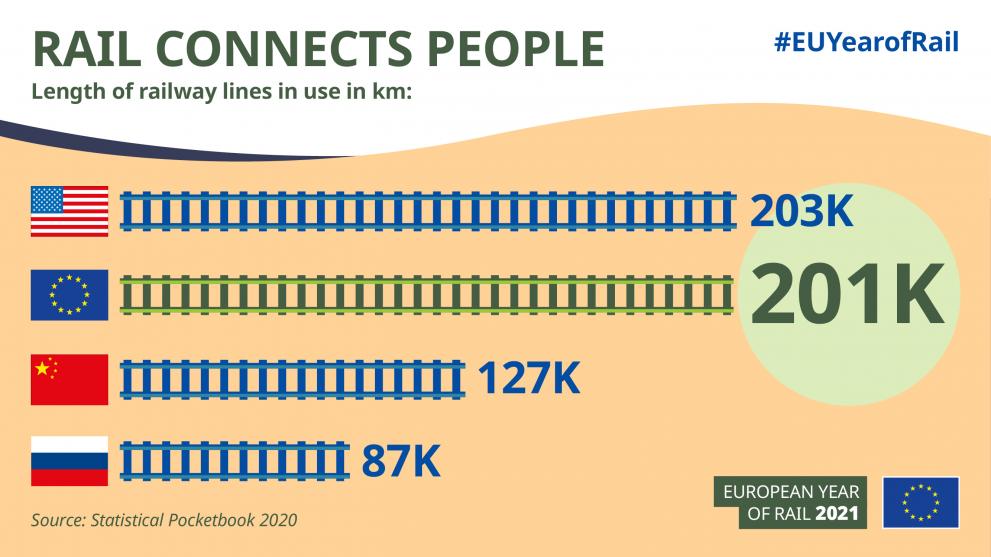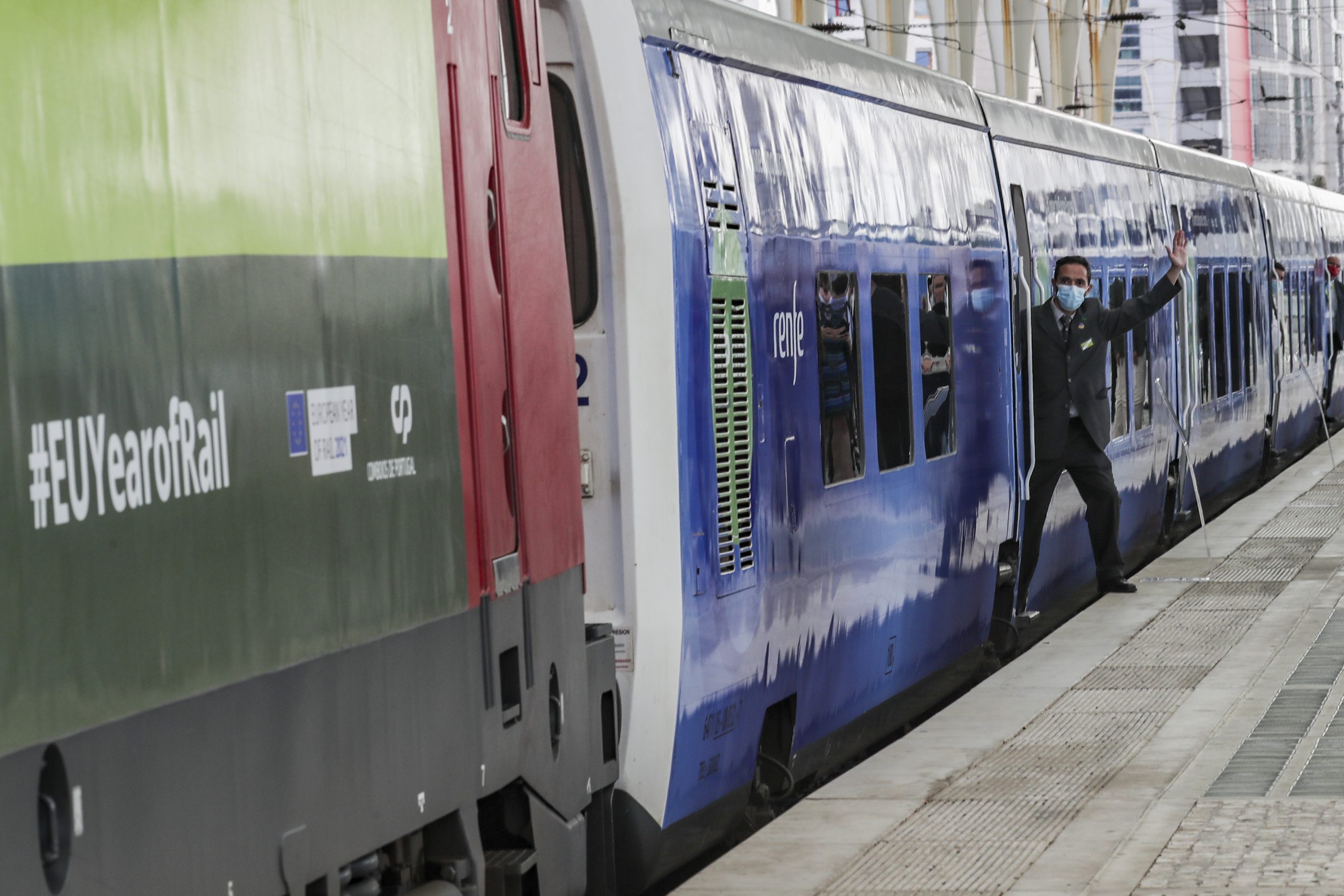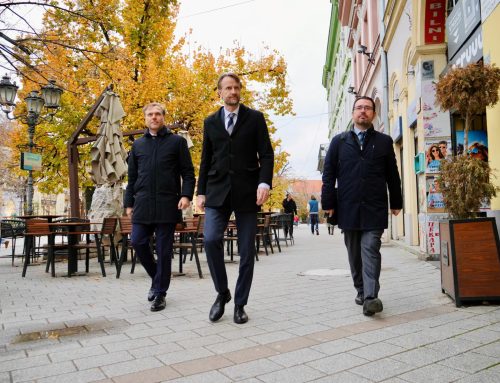The train that connects Europe by passing through almost every country in the continent is coming to Belgrade on 12 September in the evening.
“In the following weeks, Connecting Europe Express will be a travelling conference, laboratory and a public debate forum about how railways will be a means of transport of choice for passengers and companies,” says European Commissioner for Transport Adina Vălean.
The train departed from the railway station in Lisbon on 2 September. On its journey, it will pass through 26 countries and more than 100 cities, covering 20 thousand kilometres, and its final stop will be Paris in less than a month.

Train use from ticket to arrival
It is possible to track its journey live on an interactive map. After Belgrade, where it will be part of the Western Balkans Rail Summit programme, the train will continue its journey towards North Macedonia and Greece. It will then pass through Bulgaria and Romania towards Baltic countries and Scandinavia.
“I am sure that the first Western Balkans Rail Summit will instigate and influence positive changes when it comes to investments in rail transport and reforms of rail transport policies. It will once again make rail transport attractive to all citizens and businessmen in the region. Given that rail transport has the least harmful impact on the environment, it is responsible for an extremely small percentage of greenhouse gas emissions and has great potential to contribute to the economic progress of the entire region,” said Matej Zakonjšek, director of the Permanent Secretariat of the Transport Community.

Departure ceremony of the Connecting Europe Express at Oriente Station in Lisbon, Portugal on September 2, 2021.
The special train whose journey marks the European Year of Rail symbolically connects Portuguese, Slovenian and French Presidency of the European Union. Portugal held the EU presidency in the first half of this year, Slovenia holds the presidency now and France will take over the presidency in the first half of 2022.
The European Parliament has declared 2021 the European Year of Rail, during which sustainable train travel will be promoted. Greener and healthier forms of transport are key elements of the European Green Deal, given the fact that the transport sector is responsible for about 25 per cent of greenhouse gas emissions in the EU. Rail transport is responsible for only 0.4 per cent of total greenhouse gas emissions in the EU, and emits far less carbon dioxide than road or air transport, and is the most sustainable, innovative and safest form of transport in the EU. Compared to the EU, where 75% of the total railway network is electrified, in the Western Balkans, that figure is less than one third.

The railway infrastructure in Serbia has long been facing the challenge of extensive reconstruction and modernization. On Serbian railways, train speeds are below 60 km per hour. In the neighbourhood in the EU, trains transport goods and passengers on average 20-30 km per hour faster, while in Western Europe, the average on electrified railway lines is above 150 km per hour.

Departure ceremony of the Connecting Europe Express at Oriente Station in Lisbon, Portugal on September 2, 2021.
In the last 11 years, the European Union has financed numerous railway modernization projects in Serbia with more than EUR 142 million in grants. The EU is funding the modernization of five key railway sections in Serbia that are part of Pan-European Corridor X. EU investments in the form of co-financing grants (EU grants) are used for the preparation of technical documentation necessary for the start of works and in addition, soft loans from the European Investment Bank (EIB) and the European Bank for Reconstruction and Development (EBRD) are available to Serbia.




